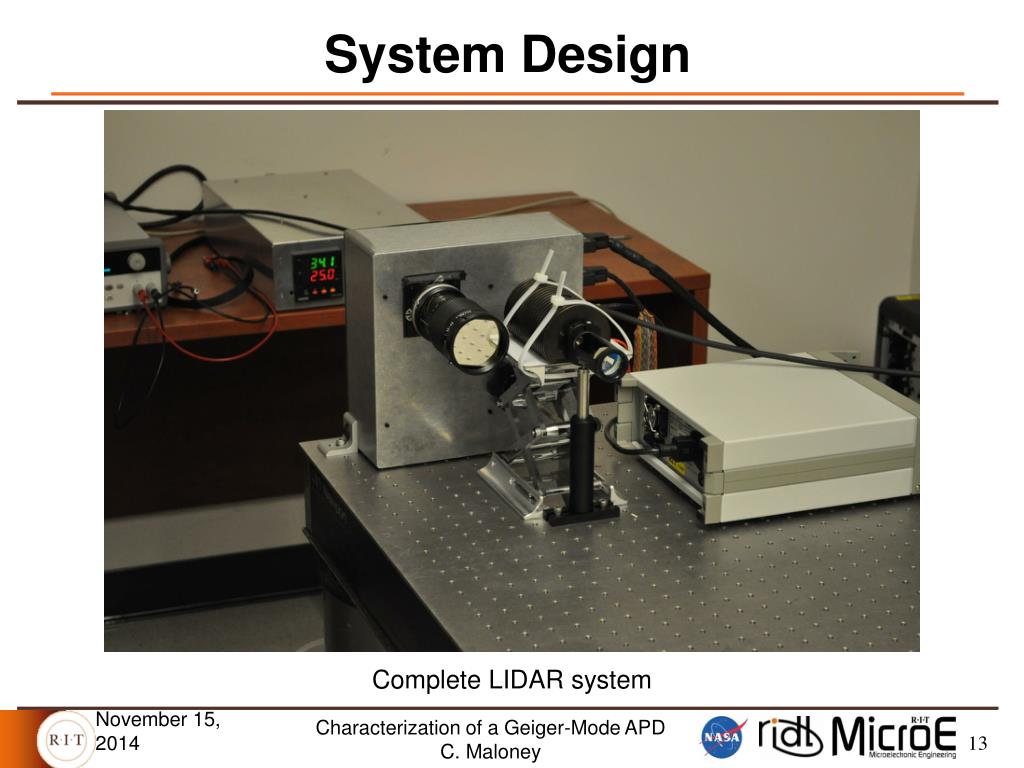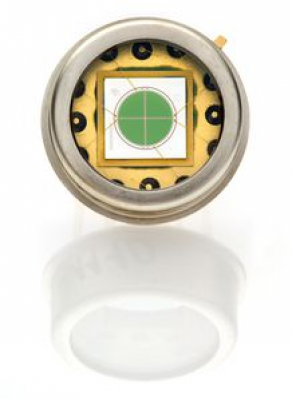

The receiver must detect distorted, weak signals first and then, based on the amplified version of that signal, decide which type of data was sent. The most crucial element of the optical receiver is the photodiode. Optical receivers are responsible for the optical to electrical energy conversion. The final output of the comparator shows a high pulse every time a gamma photon with minimum required energy strikes the PIN photodiode. Comparator distinguishes the signal and the noise. The resultant signal gets amplified and filtered by the op-amps. In reverse bias condition, when photons strike the depletion region, they produce a small charge directly proportional to the energy of photons. A PIN photodiode, a comparator, and four low noise operational amplifiers are together used in this process. PIN photodiodes are able to detect individual photons in gamma radiation. Electron-hole pair moves in the opposite direction and causes photocurrent PIN Photodiode radiation detector | PIN photodiode gamma detector.The depletion region sees carrier drift.Electron-hole pair photogeneration occurs.Internal effect: PN junction photodiodes, PIN-photodiodes, avalanche photodiodes Photodetection principle:.External effect: PMT or photomultiplier tubes.There are two distinct photoelectric mechanisms available for photodetection: Photodetectors are vividly used in the automobile sector, medical purpose, Safety equipment, cameras, industry, astronomy, and most importantly, in communications. Semiconductor photodiodes are amongst the most widely used detectors as they offer excellent performance, are small in size, and low in cost.Įxample: Gallium arsenide photodiode, Indium gallium arsenide photodiode, etc PIN Photodiode in optical communication In optical fiber systems, the photodetector is an essential element. The photodetector is used to convert light signal to electrical signal, their amplification, and further processing. GaAs photodiodes provide fast response, low dark current, and high reliability. This can also be used in optical telecommunications as optical receivers, in testing machines, etc. It has a large activation area that ensures a stable and sensitive response. GaAs PIN photodiodes are used in detecting optical signals at 850 nm. It can function at very high frequencies. GaAs( Gallium arsenide) is a semiconductor that has high electron mobility and high electron velocity than silicon. All of these characteristics help to increase flexibility and offer a wide range of applications. They exhibit low capacitance in extended bandwidth, high linearity, high sensitivity due to increased resistance, low dark current, and uniformity across the detector’s active area. InGaAs PIN-Photodiode or photodetectors are optoelectronic devices capable of providing very high quantum efficiency that can range from 800 to 1700 nm. Gallium arsenide can efficiently convert electricity into coherent light. InGaAs( indium gallium arsenide) is an alloy of indium arsenide and gallium arsenide. Capacitance: As capacitance is inversely proportional with the gap between P and N layers, capacitance in this photodiode is lower than the standard diode.Ĭ=\varepsilon _.

#Dark noise avalanche vs photodiode free
As a result, the depletion region becomes free of any mobile charge carriers.The width goes on increasing until it reaches the thickness of the I layer. When reverse bias is applied to the device, the depletion region starts expanding in the intrinsic layer.Operation of pin photodiode | Working principle of PIN Photodiode The positive side of the battery is connected to the cathode through a resistor. The Anode is connected with the negative terminal of the battery. The PIN-photodiode works as a photodetector only when it is functioning in reverse bias.


 0 kommentar(er)
0 kommentar(er)
